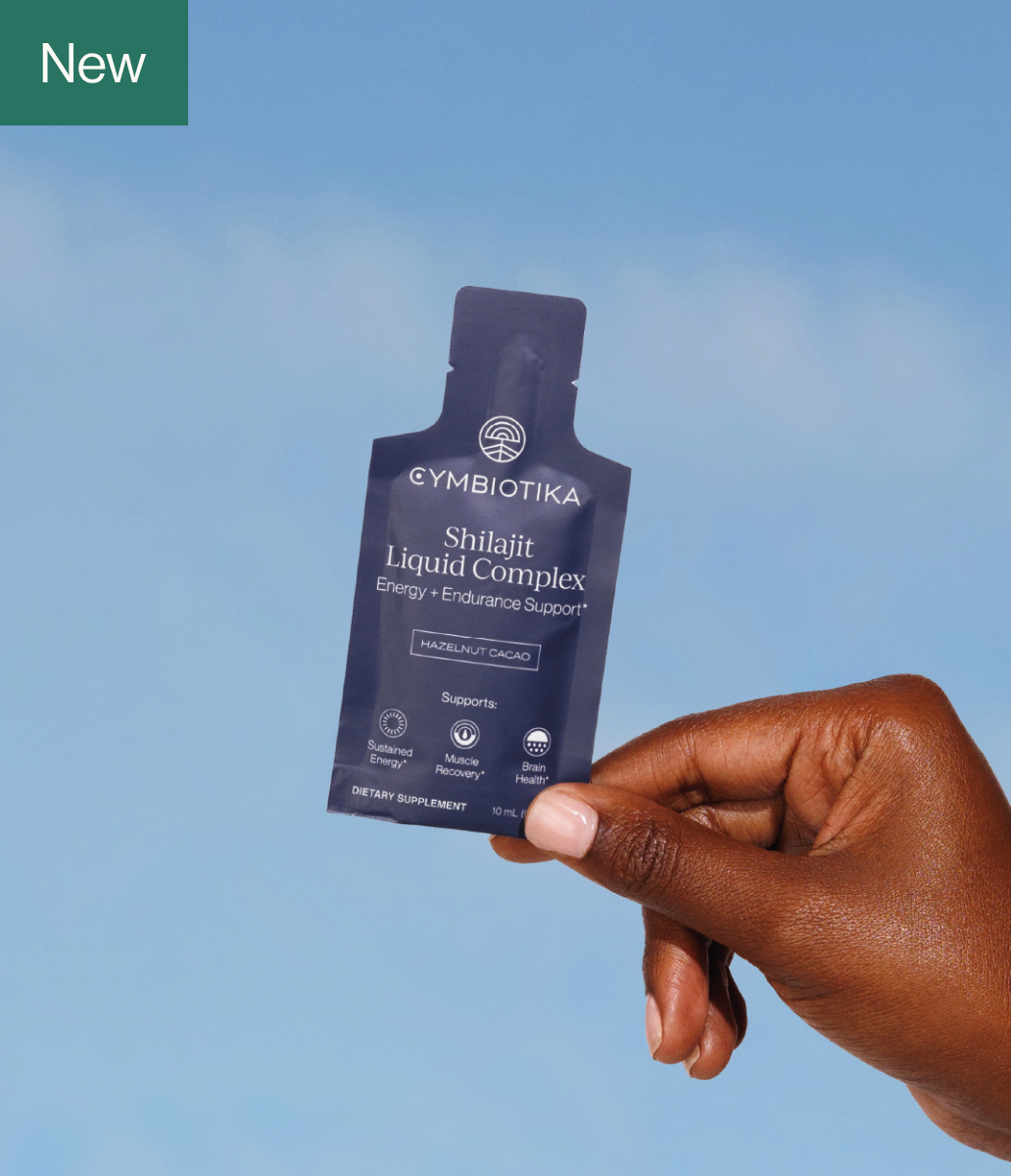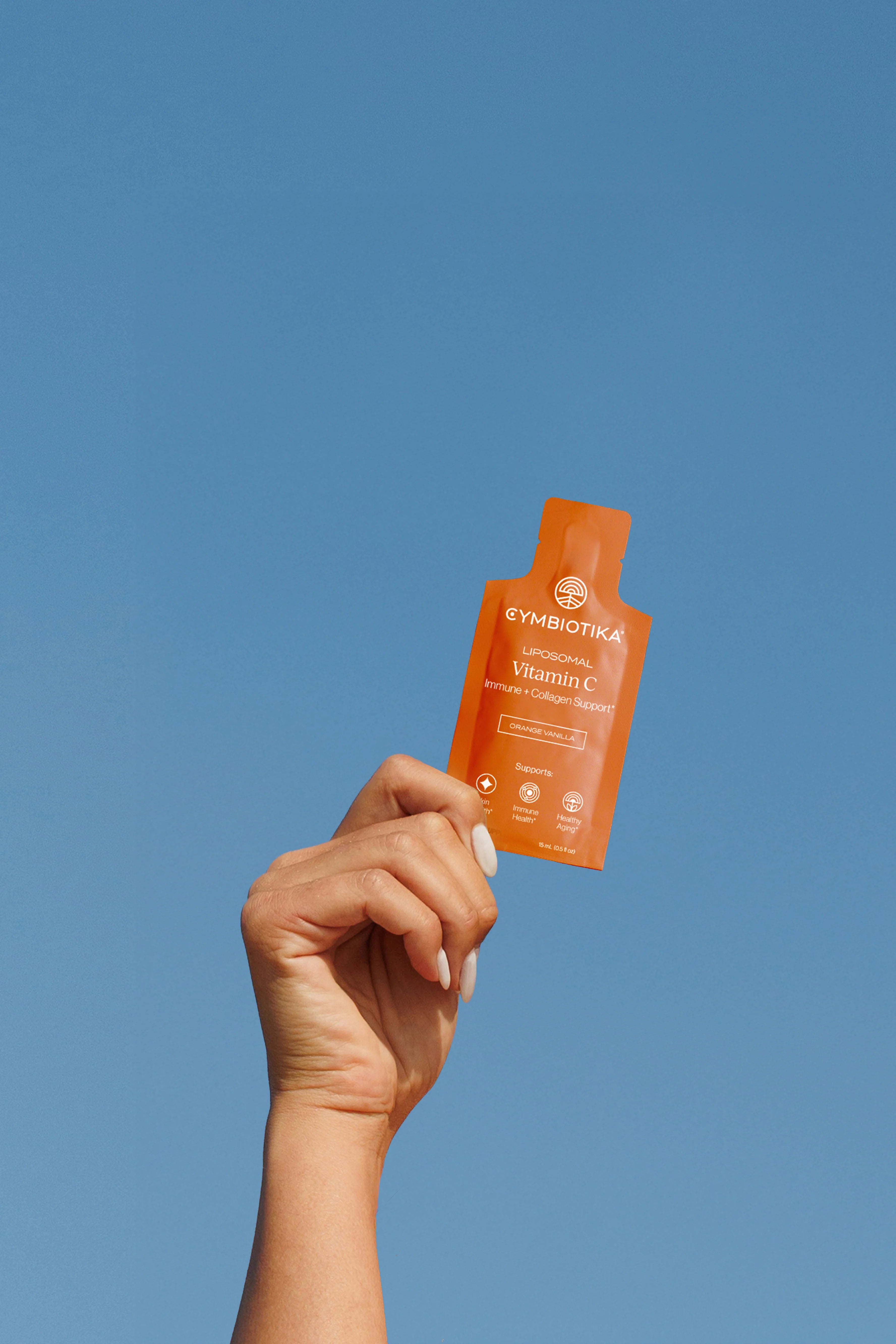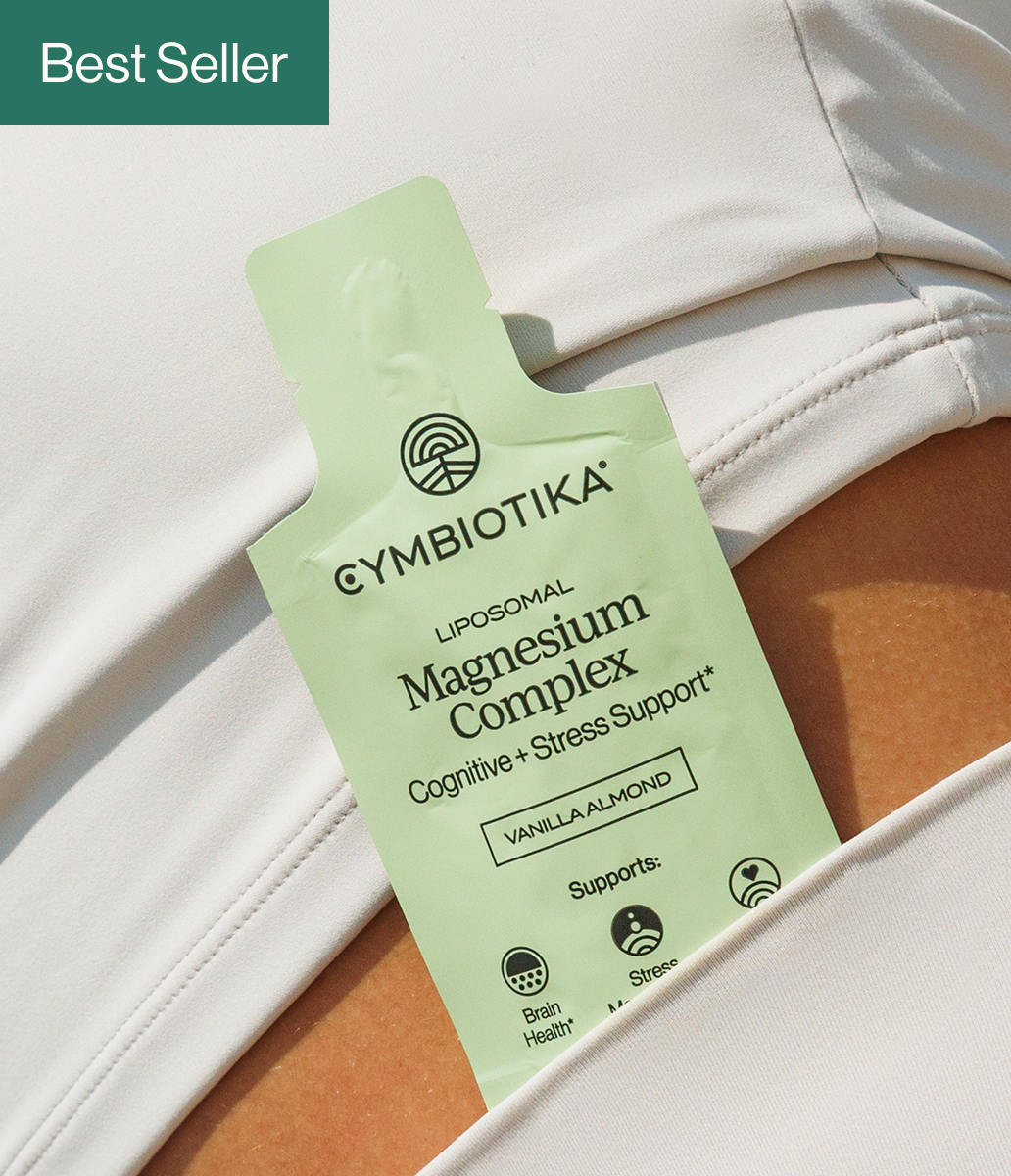Table of Contents
- Introduction
- The Foundations of Pilates
- Benefits of Daily Mat Pilates Practice
- Considerations for Daily Practice
- Integrating Pilates into Your Lifestyle
- Conclusion
Introduction
Every day, millions of individuals seek ways to enhance their physical fitness and overall well-being. Among the plethora of exercise options available, one that has gained significant popularity is Pilates. But as we delve into the world of Pilates, a pertinent question arises: Can you do mat Pilates every day? This inquiry is not just a simple yes or no; it involves understanding the nuances of this low-impact exercise, its benefits, challenges, and how it fits into a balanced fitness routine.
Pilates, founded by Joseph Pilates in the 1920s, emphasizes controlled movements and mindfulness, merging physical and mental wellness. Historically, it was designed to aid rehabilitation and strengthen the core, but today, it serves a diverse audience, from athletes to those recovering from injuries. With its growing accessibility through online platforms and classes, many are contemplating daily practice.
In this blog post, we will explore the possibility of incorporating mat Pilates into your daily routine. We will discuss potential benefits, how to tailor your practice for effectiveness, and important considerations to keep in mind. By the end, you’ll have a comprehensive understanding of whether this practice suits your lifestyle and wellness goals.
As we embark on this journey, we encourage you to reflect on your personal fitness objectives. Are you looking to improve flexibility, build strength, or enhance your mental well-being? Engaging with these questions can help you tailor your Pilates experience for optimal results.
So, let’s dive into the world of mat Pilates, examining its benefits, addressing common concerns, and ultimately determining if daily practice is right for you.
The Foundations of Pilates
Before we answer whether you can practice mat Pilates every day, it's essential to understand what Pilates entails. At its core, Pilates is a system of exercises that focus on strengthening the core, enhancing flexibility, and promoting body awareness. The method is built on six fundamental principles:
- Breath: Emphasizing the importance of deep, controlled breathing.
- Concentration: Encouraging mental focus and engagement during exercises.
- Centering: Focusing on the core, which serves as the powerhouse of the body.
- Control: Promoting precise movements to prevent injury and enhance effectiveness.
- Precision: Ensuring each movement is performed with accuracy for maximum benefit.
- Flow: Encouraging smooth, flowing movements to foster a sense of grace.
These principles create a holistic approach to fitness, combining physical strength with mental clarity. Pilates can be modified for all fitness levels, making it accessible to beginners and experienced practitioners alike. As we explore the question of daily practice, these foundational elements will guide our understanding of the practice's potential benefits and limitations.
Benefits of Daily Mat Pilates Practice
Engaging in mat Pilates every day can yield numerous benefits. However, it’s important to recognize that the experience may vary based on individual fitness levels and goals. Here are some key advantages of incorporating mat Pilates into a daily routine:
1. Enhanced Core Strength
One of the primary focuses of Pilates is building core strength. A strong core stabilizes the body, supports the spine, and facilitates better posture. By practicing mat Pilates daily, you can effectively strengthen your abdominal muscles, lower back, and pelvic floor, reducing the risk of injury and improving overall functional fitness.
2. Improved Flexibility
Regular Pilates practice enhances flexibility by promoting muscle elongation and joint mobility. Many Pilates exercises involve dynamic stretching and controlled movements that help to increase your range of motion. Over time, daily engagement can lead to greater flexibility, making it easier to perform daily activities and reducing the likelihood of strains or sprains.
3. Better Posture
With the emphasis on core strength and alignment, Pilates can significantly improve posture. Many people struggle with poor posture due to sedentary lifestyles or repetitive movements. Daily Pilates encourages awareness of body alignment, helping individuals develop healthier habits both in and out of the studio.
4. Stress Relief and Mental Clarity
Pilates is often described as a moving meditation. The focus on breath and controlled movement can help reduce stress and anxiety levels. Engaging in daily Pilates can provide a mental reset, promoting relaxation and a sense of calm amidst the chaos of daily life. This can be especially beneficial for individuals looking to enhance their overall emotional well-being.
5. Increased Energy Levels
Regular physical activity, including Pilates, has been shown to boost energy levels and improve overall vitality. By incorporating mat Pilates into your daily routine, you may find yourself feeling more energized and ready to tackle the day ahead.
6. Versatility and Adaptability
One of the unique aspects of Pilates is its versatility. The practice can be tailored to suit various fitness levels and goals. Whether you prefer high-intensity workouts or gentle recovery sessions, Pilates can adapt to your needs. This flexibility makes it easier to incorporate into a daily routine without the risk of burnout.
7. Support for Rehabilitation
For those recovering from injuries, Pilates is a low-impact option that allows for gradual strength building. Many physical therapists recommend Pilates for rehabilitation, as the exercises can be modified to accommodate specific needs. Engaging in daily Pilates can aid recovery while preventing further injury.
Considerations for Daily Practice
While the benefits of mat Pilates are compelling, it’s essential to approach daily practice thoughtfully. Here are some considerations to keep in mind:
1. Listen to Your Body
One of the most important aspects of any fitness routine is listening to your body. If you experience discomfort or pain during your mat Pilates practice, it may be a sign to modify your routine or take a break. While daily practice can be beneficial, it’s crucial to respect your body’s limits and prevent overexertion.
2. Vary Your Routine
To avoid plateauing or injury, it’s essential to vary your Pilates routine. This can involve changing the intensity, duration, or focus of your workouts. Incorporating different styles, such as reformer Pilates or barre, can also provide a refreshing change of pace while still allowing you to reap the benefits of Pilates.
3. Include Rest Days
Even if you love Pilates, it’s important to include rest days in your routine. Rest days allow your muscles to recover and rebuild, reducing the risk of injury. Consider integrating restorative practices, such as yoga or gentle stretching, on your rest days to maintain mobility and flexibility.
4. Consult a Professional
If you’re new to Pilates or have specific fitness goals, consider consulting a certified Pilates instructor. A professional can help tailor your routine, ensure proper form, and provide valuable guidance on how to safely incorporate daily practice into your life.
5. Set Realistic Goals
As with any fitness journey, it’s essential to set realistic goals. While daily practice can yield significant benefits, results may vary based on individual factors such as fitness level, diet, and lifestyle. Set achievable goals and celebrate progress along the way to stay motivated.
Integrating Pilates into Your Lifestyle
Incorporating mat Pilates into your daily routine can be a fulfilling journey. Here are some tips to help you seamlessly integrate Pilates into your lifestyle:
1. Create a Schedule
Establish a regular schedule for your Pilates practice. Whether it’s a morning session to kickstart your day or an evening routine to unwind, consistency is key. Treat your Pilates sessions as non-negotiable appointments for your health and well-being.
2. Utilize Online Resources
With the rise of digital platforms, accessing Pilates classes has never been easier. Explore online resources, such as Cymbiotika’s wellness platform, to find guided mat Pilates sessions that suit your style and skill level. This flexibility allows you to practice anytime, anywhere.
3. Pair with Other Activities
To create a well-rounded fitness routine, consider pairing Pilates with other forms of exercise. Activities like cardio, strength training, or yoga can complement your Pilates practice and provide additional benefits. This variety can keep your routine engaging and prevent burnout.
4. Focus on Nutrition
As we empower ourselves with movement, it’s equally important to fuel our bodies with nutritious foods. A balanced diet supports your fitness goals and overall well-being. Explore Cymbiotika’s science-backed supplements to enhance your nutritional intake and wellness journey.
5. Reflect on Your Progress
Regularly take time to reflect on your progress. Consider keeping a journal to track your Pilates practice, noting any improvements in strength, flexibility, or mental clarity. Reflecting on your journey can help you stay motivated and committed to your goals.
Conclusion
In answering the question, can you do mat Pilates every day?, the answer is generally yes, provided you listen to your body and approach your practice mindfully. Daily mat Pilates can offer numerous benefits, including enhanced core strength, improved flexibility, better posture, and increased energy levels. However, it is crucial to vary your routine, include rest days, and consult a professional if needed.
As you explore your Pilates journey, remember that consistency and adaptability are key. By integrating Pilates into your daily routine, you can cultivate a deeper connection with your body and mind, empowering yourself to take control of your health and wellness.
FAQs
1. Can I do Pilates every day if I’m a beginner? Yes, beginners can practice Pilates every day, but it’s essential to start slowly and listen to your body. Focus on mastering the basics and gradually increase the intensity of your workouts.
2. How long should my Pilates sessions be? Sessions can range from 20 to 60 minutes, depending on your schedule and fitness level. Aim for consistency rather than duration, focusing on quality movements.
3. What if I feel sore after doing Pilates? It’s normal to feel sore, especially when starting a new routine. However, if soreness persists or you experience pain, consider taking a break or consulting a professional for guidance.
4. Can Pilates help with weight loss? While Pilates is not primarily a weight-loss exercise, it can help build lean muscle and improve body composition. For weight loss, combine Pilates with a balanced diet and other forms of cardiovascular exercise.
5. How can I find the right Pilates routine for me? Consider taking our AI quiz at Cymbiotika to determine the best supplement for your needs or explore a variety of online classes to find a routine that resonates with you.
By embracing the journey of Pilates, we can empower ourselves to achieve our wellness goals, one mat session at a time. Whether you are a seasoned practitioner or just starting, Pilates offers a path to a healthier, more balanced life.
*These statements have not been evaluated by the Food and Drug Administration. This product is not intended to diagnose, treat, cure, or prevent any disease.























